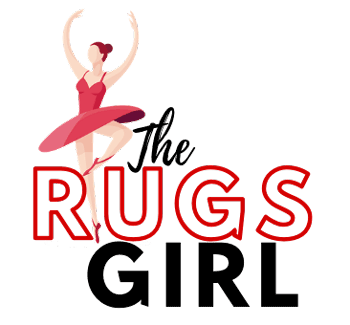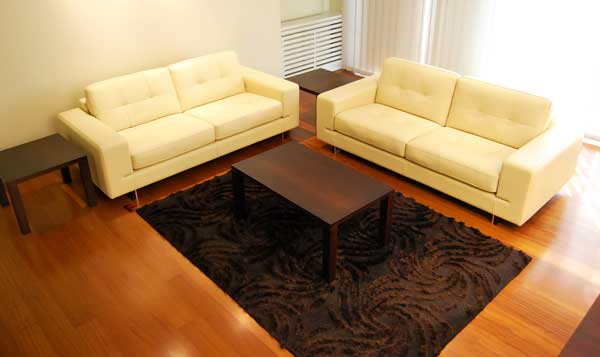There are many things you need to know when IDENTIFYING TYPES OF ORIENTAL RUGS
An oriental rug is a generic name used to refer to hand-knotted rugs made in “oriental countries.”
There are many oriental rugs like Bokhara rugs, Persian rugs, Ikat rugs, Chobi Ziegler rugs, Kilim rugs, and Patchwork rugs, among others.
In this post, I shall explore the characteristics of these oriental rugs that you can use to identify types of oriental rugs.
You will discover tips for identifying oriental rugs patterns and the significance and meanings of the patterns, motifs, and symbols used in oriental rugs.
This is an oriental rugs identification guide where I explore ways to distinguish original oriental rugs from fake ones. Read more on this guide on how to tell an oriental rug is valuable.
In this post, you shall also get tips on Identifying Types of Oriental Rugs are valuable. Later, you can use that information to determine how much you can sell your old oriental rug.
Related Posts
- What to do with old oriental rugs
- Best vacuum for delicate oriental rugs
- How to get rid of moths in oriental rugs
Contents
BOKHARA RUGS
You will recognize an authentic Bokhara rug with these features;
- There are four main types of Bokhara rugs: Yomund, Princess/prayer, Royal/non-prayer, and Salor.
- They are Made from 100% wool fiber.
- They are hand-knotted by skilled rug makers.
- Have vivid red colors
- Have diamond and over-shaped motifs and patterns.
- They are covered with rows of guls, floral medallions, and geometric patterns stitched together to form an intricate and breath-taking design.
- It takes a skilled rug master maker about 5-8 months to complete a Bokhara rug.
- They are price friendly. For example, you will get an 8 * 10 Chobi Zeigler rug at $2600, while the Bokhara rug will go for half the price.
PERSIAN RUGS (IRANIAN RUGS)
- Come in three major types-city, tribal, and village-depending on where they were made.
- Made in Iran (formerly called Persia)
- Apart from floral motifs, crosses, husks, combs, pomegranates, and jugs are other motifs.
- Come in many colors-blue, red, brown, beige and gold, etc.
- They are oriental rug of very high quality, making them highly expensive, around $70 per square foot.
IKAT RUGS
- Name derived from an Indonesian term “mengikat,” meaning thread or to tie.
- Made from the resist dyeing technique.
- Come from different countries like South America, Thailand, Cambodia, and Central America.
- Have both a traditional and modern style.
- Traditional Ikat rugs have geometric patterns and motifs. You will likely find floral motifs in modern-style Ikat rugs.
CHOBI ZEIGLER RUGS
- Also known as Peshawar rugs
- “Chobi” means wood
- “Zeigler” is the name of the company behind the creation of these rugs.
- Were made in the 1880s around 1883.
- Skilled rug makers build them from Iran and Pakistan.
- It was made for around 12-14 months.
- Employs the use of natural dyes from wood, fruits, and vegetables.
- Are hand-knotted.
- They are made mostly from cotton and wool natural fibers.
- Have floral motifs & patterns
KILIM RUGS
- They are made from a flat-weaving technique, a feature that makes these rugs flatweave or pileless. This feature makes such rugs lightweight, easy to clean, and affordable since they require fewer materials and time to complete.
- They are versatile, which means they have multiple uses.
- Wool is the primary material used to make kilim rugs. Silk, cotton, and animal hair from goats, camels, or horses are also used.
- Kilim rugs have decorative motifs and symbols whose purpose was both aesthetic and psychological.
- Soumak, Cicim, and Zili are other types of flatweave rugs similar to Kilim.

PATCHWORK RUGS
- Patchwork is the name of the process used to create such rugs.
- That process involves stitching together different parts of existing oriental rugs using strong colored threads.
- If you have old damaged oriental rugs, this is a great way to re-invent them by taking the undamaged parts, then stitch them together to form a new patchwork rug. Read this guide to know other things you can do with old oriental rugs.
- This is a more contemporary way of making oriental rugs that fit in any home décor design.
ANATOLIAN RUGS
- Also known as the Turkish rugs made from the hand-spinning design.
- Red and blue were the two primary colors used in traditional Turkish rugs. Red and Yellow were also used in Central Anatolian rugs.
- Primarily made from wool and cotton materials or fibers,
- It was made using an asymmetrical knot, as explained in this post.
- These rugs were made in workshops, weaving facilities, tribal settlements, and on the go by nomads.
- They are rugs that interest both collectors and scientists.
- They have bold geometric patterns and highly pronounced floral patterns.
MAMLUK RUGS
- Also known as “Damascene,” rugs trace their origin in Cairo, Egypt.
- During their making, both the clockwise and anti-clockwise spun are used.
- Wool is the primary material used to make these rugs.
- Light green, pale blue, and bright red were the three primary color shades used in these rugs.
- Polygonal medallions characterize them, stars and floral patterns arranged in linear direction on an axis.
- The borders of these rugs have alternating rosettes and cartouches.
- Traditionally Mamluk rugs were mostly used in court.
CAUCASIAN RUGS
- These rugs’ origin is attributed to Karabagh, Moghan, and Shirvan provinces, among others.
- These are rugs that have a rich cultural heritage because weavers created them from different ethnicities.
- They were often known as the “Dragon carpets” since they feature scenes of tigers and other floral motifs.
- Kuba, Shirvan, Gyanya, Kazak, and Nakhichevan are the main types of Caucasian rugs.
TURKMEN RUGS
- It was made by the Turkmen tribes living along the Amu Darya river and the Caspian Sea.
- They are a type of woven rugs with a smaller pile.
- Sheep wool, cotton, and goat’s hair were the primary materials used in such rugs.
- The predominant color in these rugs is madder red, which is a locally made dye.
- A medallion-like polygonal pattern is the most predominant design in such rugs.
- They are woven both with symmetric and asymmetric knots.
- Tekke, Yomud, Chaudor are the common examples of Turkmen rugs.















